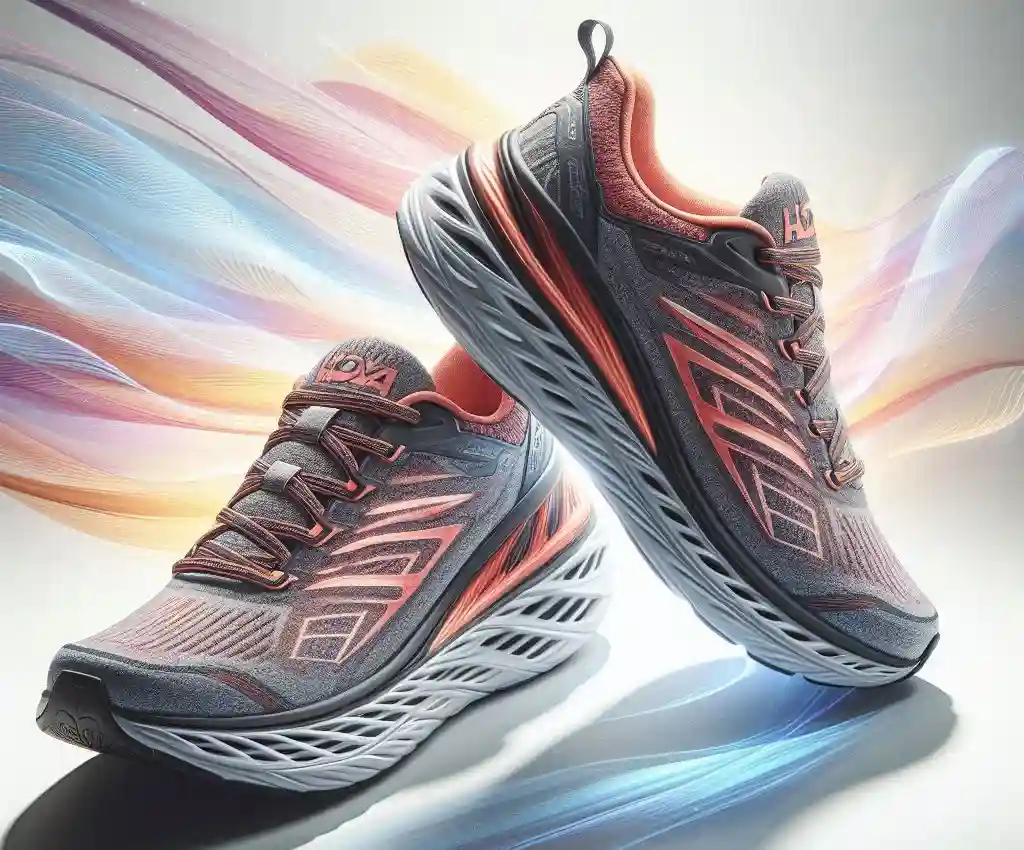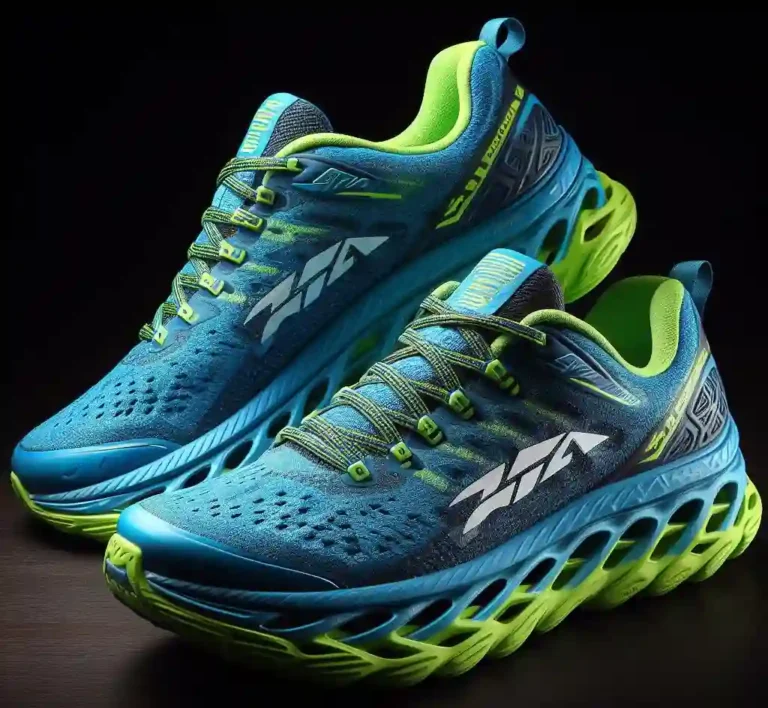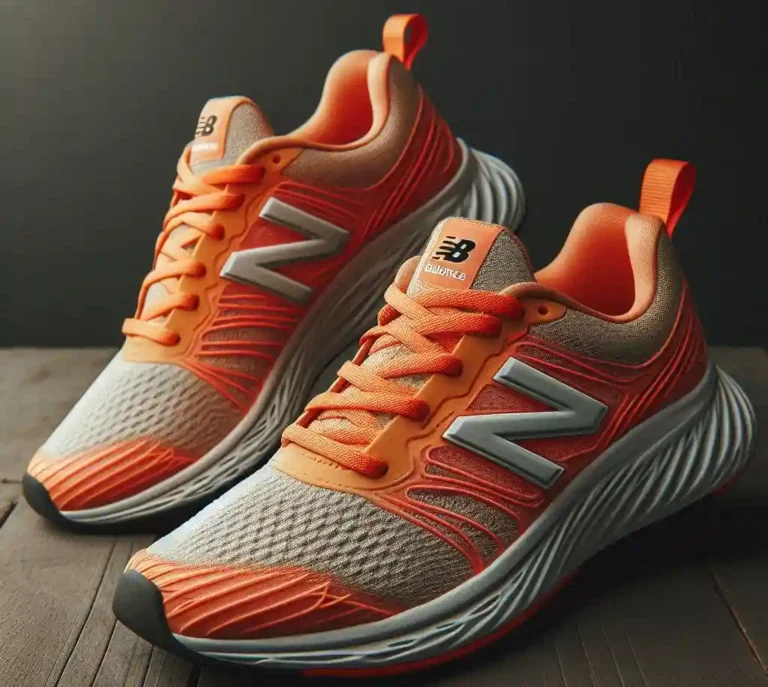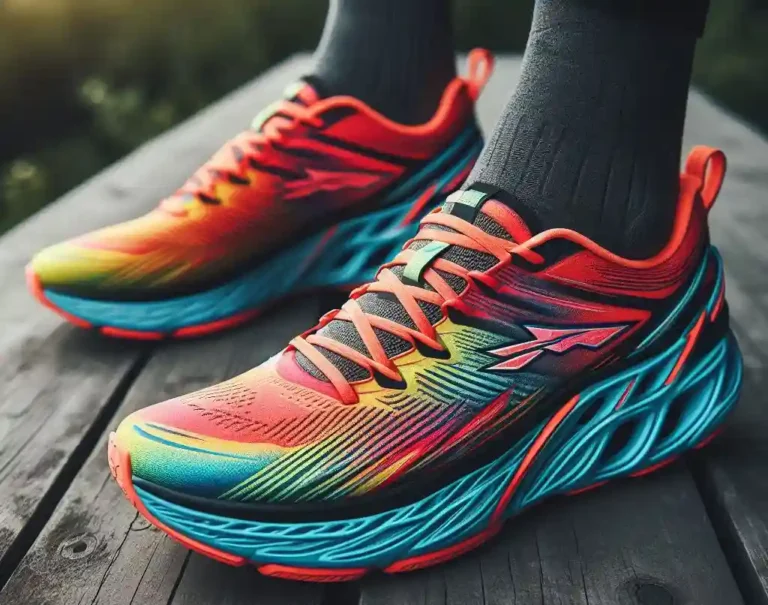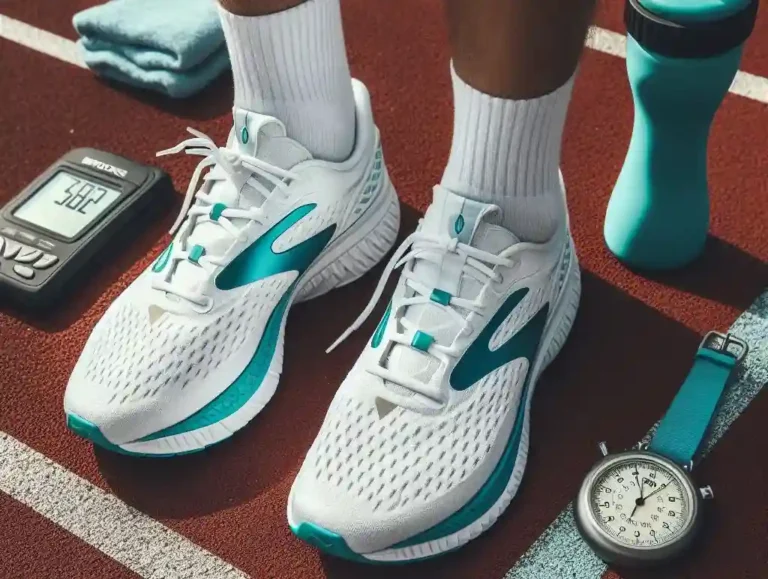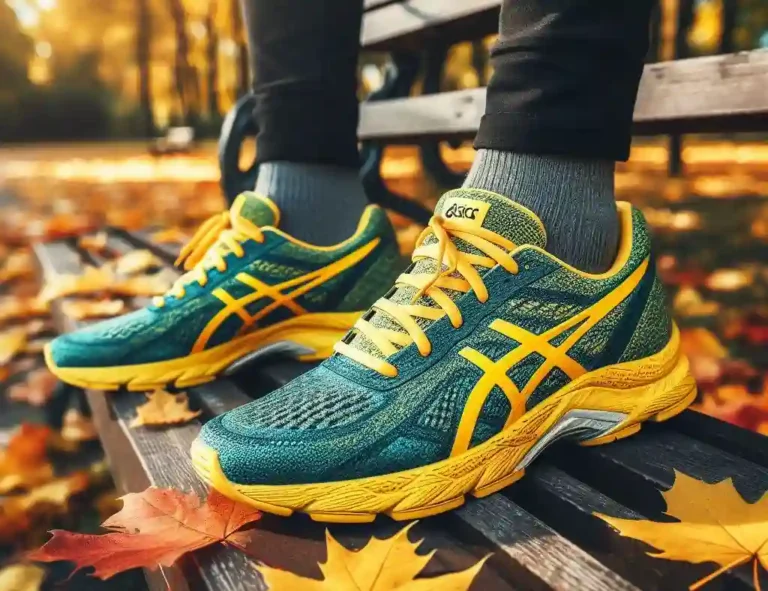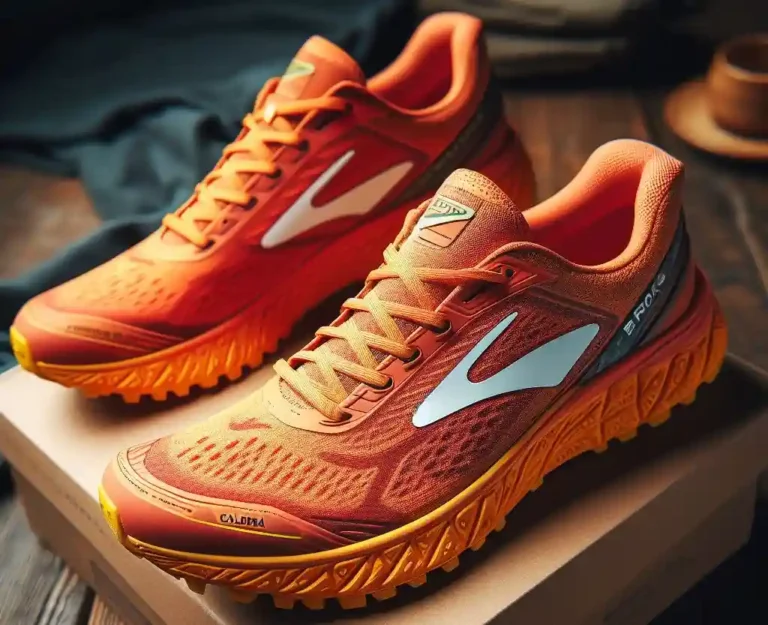Hoka Arahi 6 vs Arahi 7: A Comprehensive Review
When it comes to running shoes, the Hoka Arahi series has always been a popular choice among runners. With the recent release of the Hoka Arahi 7, many are curious to see how it compares to its predecessor, the Arahi 6.
In this comprehensive review, we will delve into the key features of both shoes, analyze their performance, comfort, and durability, and ultimately provide you with recommendations on which model might be the better choice for you. Join us as we explore the differences between the Hoka Arahi 6 vs Arahi 7.
Hoka Arahi 6 vs Arahi 7: A Quick Overview
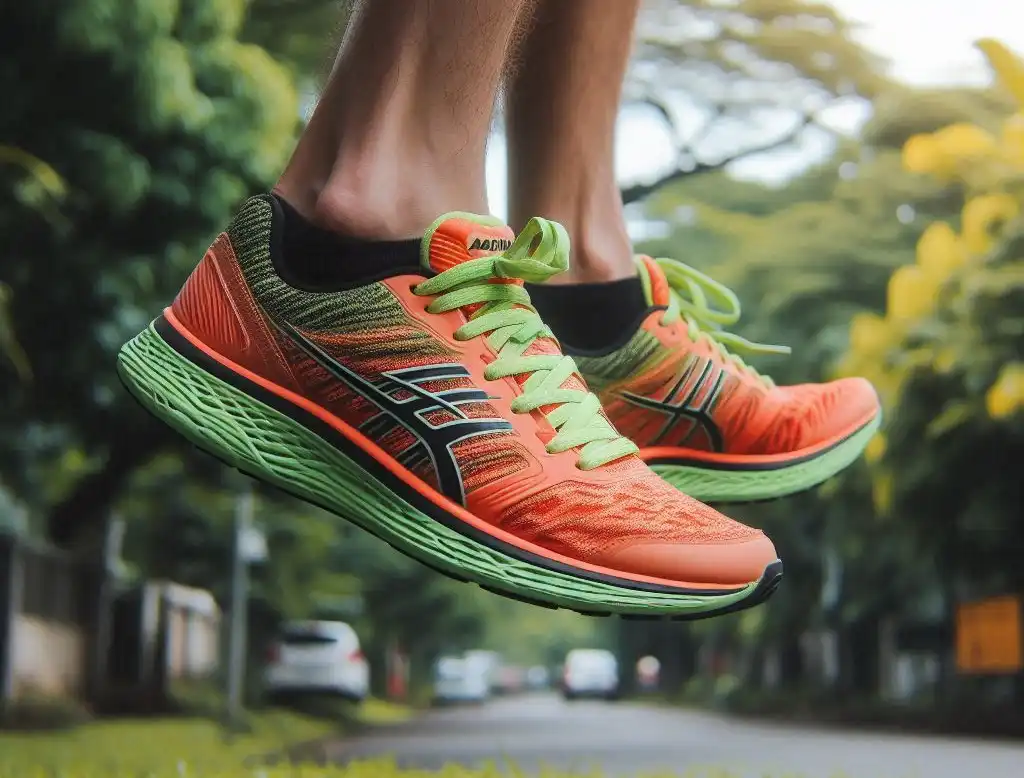
In the comparison between the Hoka Arahi 6 and the Arahi 7, runners are keen to discern the nuanced advancements that distinguish these two popular models. Here’s a quick breakdown of the key differences and similarities to help guide your choice:
Upper Design and Material
- Arahi 6: Features a breathable mesh upper that offers comfort and a snug fit.
- Arahi 7: Introduces an updated engineered mesh for improved breathability and a more adaptive fit, enhancing overall foot security during runs.
Midsole and Stability
- Arahi 6: Utilizes Meta-Rocker technology alongside a J-Frame design for stability and support, catering to overpronators without the added bulk.
- Arahi 7: Boasts a redesigned EVA J-Frame for firmer stability and support, with an extended heel bevel to smooth the heel-to-toe transition.
Comfort and Responsiveness
- Arahi 6: Known for its plush feel and consistent stability that meets the runner’s long-distance needs.
- Arahi 7: Offers advancements in midsole technology to provide a more responsive and fluid running experience, aiming for a superior feel with every step.
- Arahi 6: Established as a durable choice with materials that withstand regular running routines.
- Arahi 7: Enhances durability further with a robust engineered mesh upper and an updated midsole that contribute to extended wearability and performance longevity.
Aesthetic and Design
- Both models continue the Hoka tradition of balancing function with style, offering varying color schemes to cater to different runner preferences. The Arahi 7, however, features a more refined design that complements its technical improvements.
Introduction to the Hoka Arahi Series
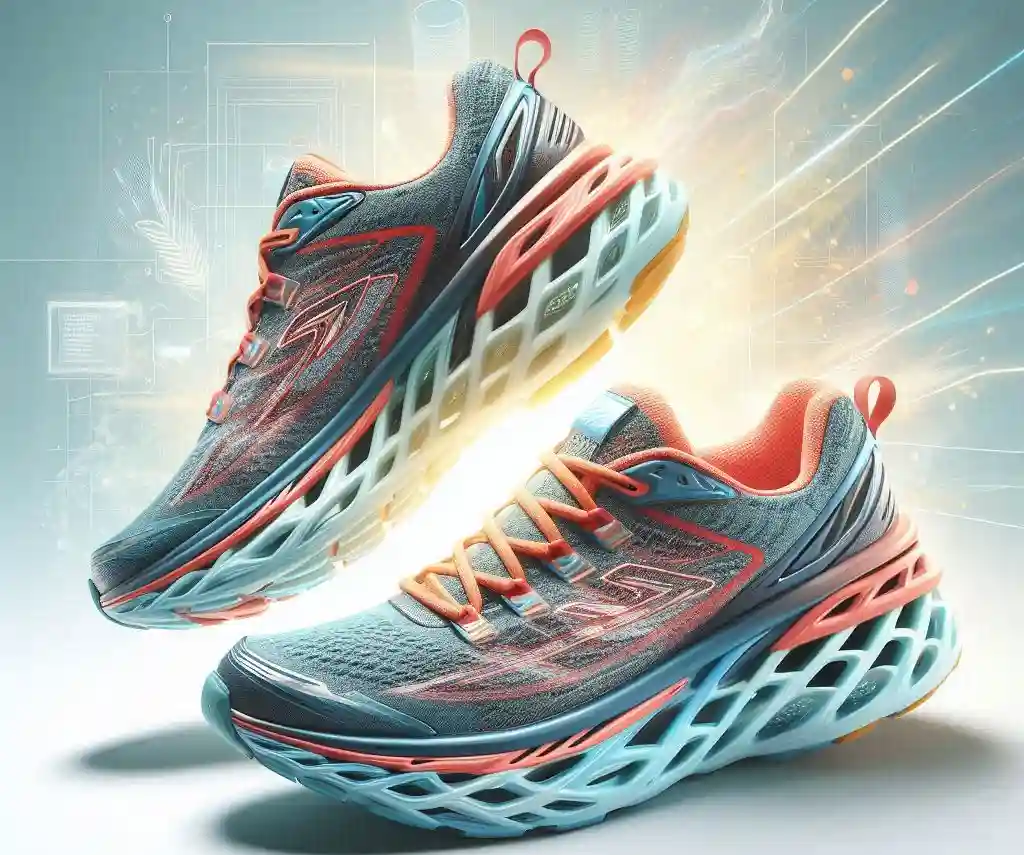
The Hoka Arahi series stands out in the running community for its exceptional blend of stability and support, catering especially to those who demand extra cushioning without sacrificing the lightness of their stride.
Renowned for its innovative design, the series includes models like the Arahi 6 and the newly released Arahi 7, each engineered with distinctive features to enhance a runner’s experience.
Central to its reputation is the inclusion of advanced technologies such as the Meta-Rocker and J-Frame, which are designed to aid in preventing overpronation while promoting a fluid and natural running motion.
This focus on stability, paired with a commitment to comfort, has solidified the Arahi series as a go-to for runners seeking to balance support with a lightweight feel.
Key Features of the Arahi 6
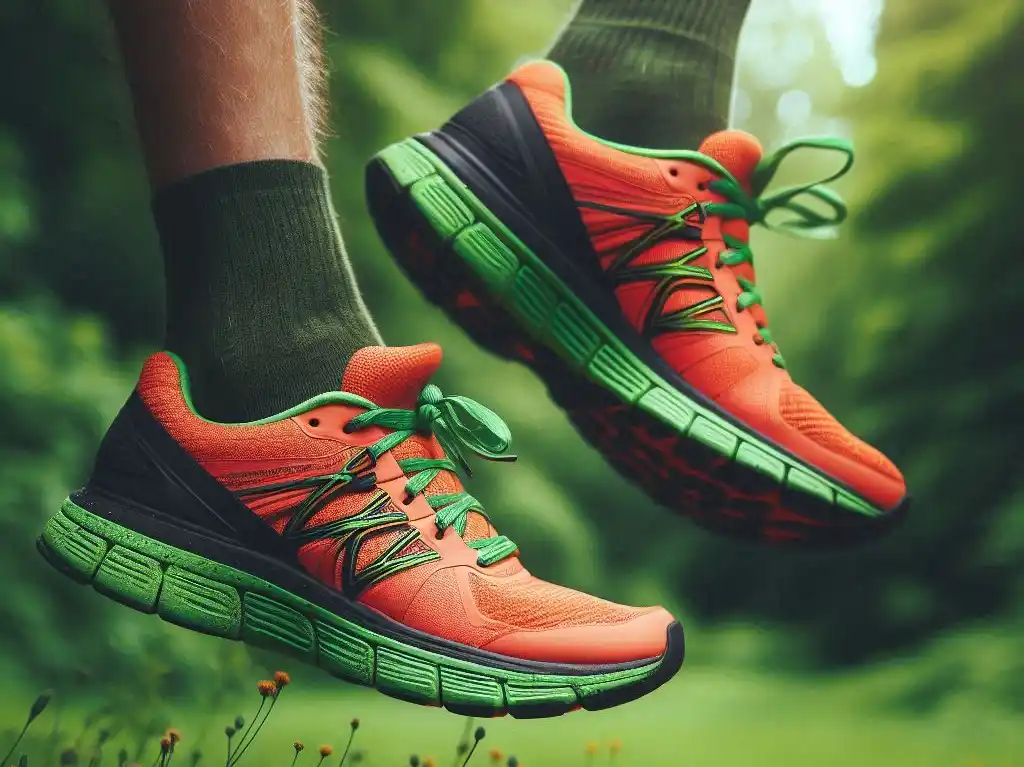
The Hoka Arahi 6 is engineered to cater to stability-seeking runners, featuring a mesh upper that ensures breathability across distances.
For those long runs or intense workouts, the added comfort from its padded tongue and collar becomes a noticeable benefit, minimizing irritation and enhancing the overall fit.
This model is distinguished by its utilization of Meta-Rocker technology, designed to facilitate a guided and efficient gait cycle, thereby encouraging a consistent and natural running movement.
Integral to its design is the J-Frame technology, an innovative approach to dynamic stability that addresses overpronation without the bulk typically associated with high-stability shoes.
This technology is a cornerstone of the Arahi 6’s ability to offer a balance between support and a lightweight feel, making it an esteemed choice for runners who require a blend of cushioning and corrective support.
What’s New in the Arahi 7
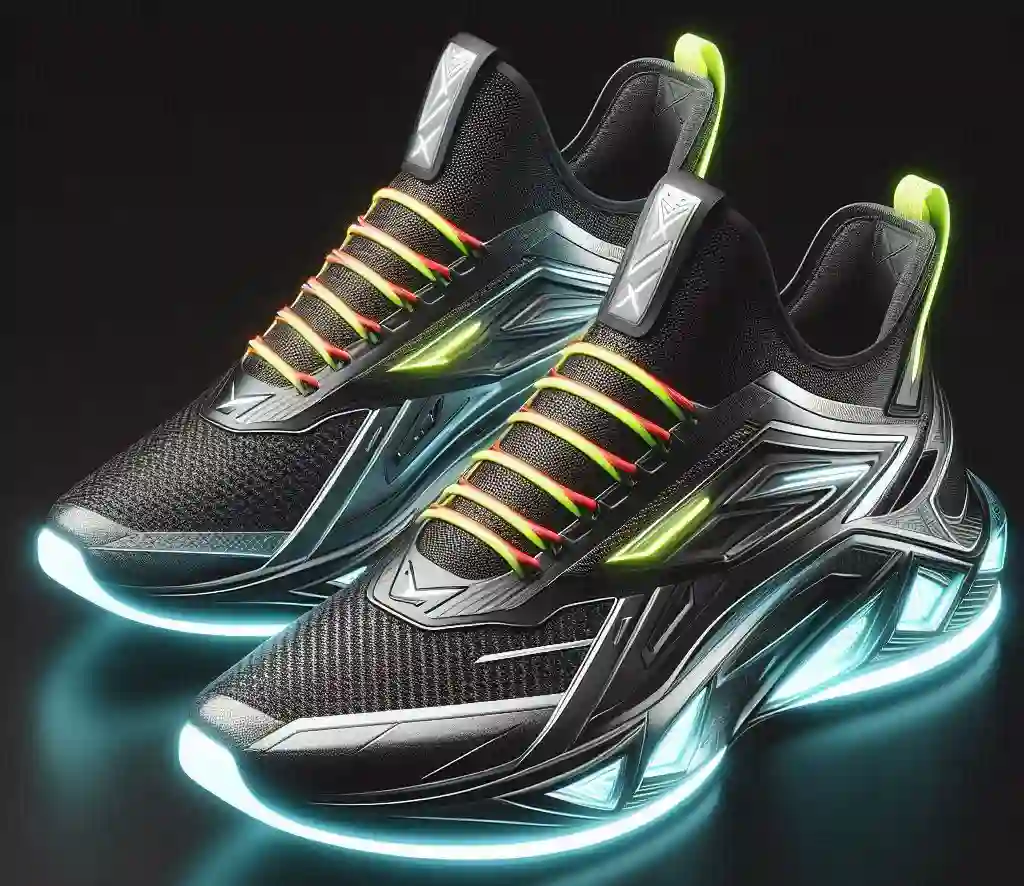
The Arahi 7 ushers in significant enhancements to elevate a runner’s experience further. It debuts an updated upper, utilizing a new engineered mesh for greater breathability and a snugger, more adaptive fit, ensuring feet remain cool and comfortably locked in place during runs.
The midsole sees a redesign as well, now featuring a firmer EVA J-Frame that boosts the shoe’s stability and support, a critical consideration for overpronators.
Moreover, an innovative addition is the extended heel bevel, meticulously crafted to enhance the heel-to-toe transition, making every step smoother and more natural.
This suite of upgrades in the Arahi 7 is aimed at offering not just an evolution in comfort and stability but also in how responsive and enjoyable every run feels.
Performance Comparison
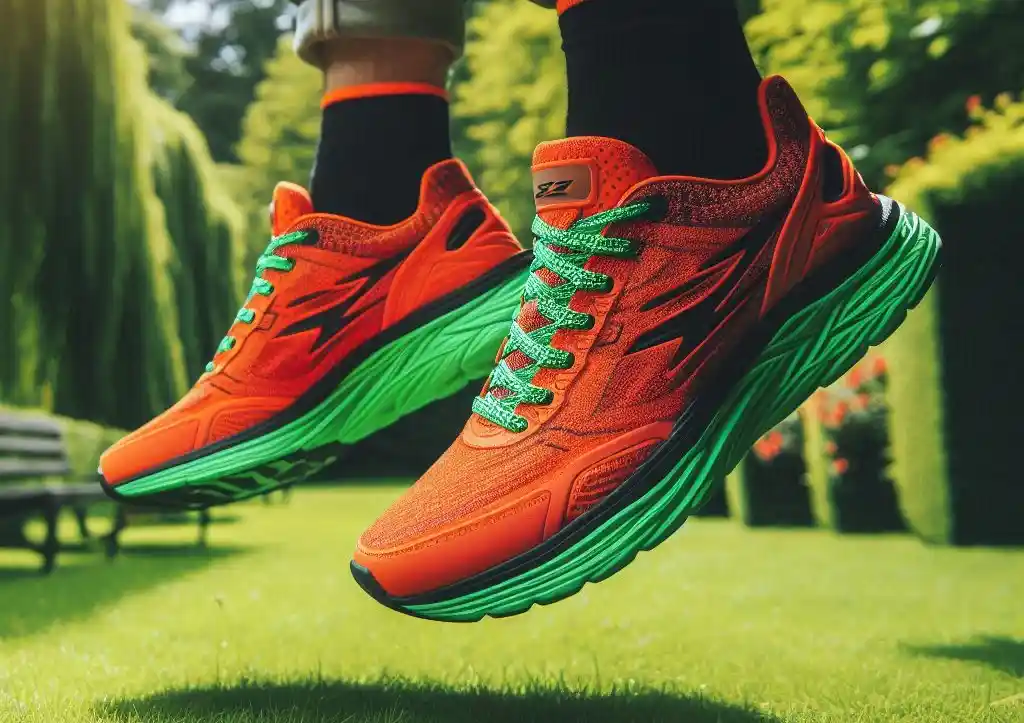
When comparing the performance aspects of the Hoka Arahi 6 and Arahi 7, each shoe presents its unique advantages. The Arahi 7 introduces innovations that provide a more responsive and fluid running experience, thanks to its updated midsole and extended heel bevel.
These modifications offer a notable improvement in the smoothness of the heel-to-toe transition, aiming to deliver a superior running experience. On the other hand, the Arahi 6 has been appreciated for its reliable performance, particularly in offering consistent stability and support.
For runners who are used to the feel and performance of the Arahi 6, the transition to the Arahi 7 may present an enhancement in responsiveness and overall ride quality. This comparison highlights the Arahi 7’s advancements in creating a more efficient and enjoyable running journey, catering to those seeking an upgrade in their running gear.
Comfort and Fit
The Hoka Arahi 6 has been celebrated for its plush feel and stable support, offering a cushioned environment that runners have come to appreciate over miles of pavement.
Transitioning to the Arahi 7, wearers will notice an evolution in comfort, with the shoe’s redesigned upper mesh contributing to an improved, more adaptive fit that caters to the foot’s natural movements while ensuring breathability.
This updated mesh technology in the Arahi 7 not only enhances the shoe’s ability to keep the foot cool and dry but also increases the level of support around the midfoot, providing a secure sensation without constriction.
The attention to detail in the fit and comfort of the Arahi 7 signifies a noteworthy step forward in design, aiming to meet the specific needs of runners who prioritize these aspects in their choice of footwear.
Aesthetics and Design
The design ethos of the Hoka Arahi series continues to evolve with each new iteration, presenting a visual appeal that balances modernity with functional style. The Arahi 6 and Arahi 7 both embody this approach but do so with their own unique flair.
The Arahi 7, in particular, showcases a refined upper design that not only contributes to its improved performance features but also offers a sleeker, more polished aesthetic that stands out.
This model takes a step forward in blending fashion with functionality, incorporating subtle design elements that enhance its visual appeal without compromising on the shoe’s performance capabilities.
Color schemes in both models cater to a broad audience, offering choices from understated tones to vibrant hues, ensuring that runners can express their personal style while benefiting from Hoka’s renowned engineering.
The aesthetic evolution from the Arahi 6 to the Arahi 7 demonstrates Hoka’s commitment to providing runners with shoes that are as good-looking as they are functional.
Value for Money
When evaluating the Hoka Arahi 6 against the Arahi 7 in terms of value, it’s essential to consider the advancements and enhancements the newer version brings to the table. The Arahi 7, with its updated technology and design improvements, is positioned at a slightly higher price point than its predecessor.
This increase reflects the investment in materials and engineering aimed at providing a superior running experience. For those runners who prioritize cutting-edge features, such as the more responsive midsole and the refined mesh upper for improved breathability and fit, the additional expense may be seen as a worthwhile investment.
On the other hand, the Arahi 6 continues to offer reliable quality and comfort, representing a value option for runners who seek the core benefits of the Hoka Arahi line without the need for the latest updates.
Deciding between the two models comes down to weighing the importance of these enhancements against the price differential.
Durability and Longevity
The Hoka Arahi 6 and Arahi 7 are engineered with durability in mind, incorporating high-quality materials that stand up to the rigors of regular use. The Arahi 6 has established a reputation for its long-lasting performance, a testament to Hoka’s commitment to quality.
Moving to the Arahi 7, this model builds upon its predecessor’s durable foundation by integrating enhanced features aimed at extending the shoe’s wearability.
These include a redesigned midsole that contributes to the shoe’s stability and a more robust engineered mesh upper that not only improves fit but also resilience against potential wear points.
While both models are designed to serve runners for many miles, the Arahi 7’s strategic updates suggest a focus on extending the lifecycle of the shoe even further, ensuring that runners’ investment is matched by the product’s endurance and consistent performance over time.
Durability and Longevity Compared
When assessing the durability and longevity between the Hoka Arahi 6 and Arahi 7, it’s evident that both models are crafted to meet the high demands of running. However, the Arahi 7 edges ahead with its introduction of advanced materials and a rethought design that targets increased wear resistance.
The use of a more robust engineered mesh upper in the Arahi 7 is particularly notable for its potential to withstand extensive use while maintaining structural integrity. Additionally, the reconfigured midsole aims to support and sustain the shoe’s functionality over countless miles.
These improvements in the Arahi 7 suggest a strategic enhancement in longevity, offering runners a product that not only meets their immediate performance needs but also stands the test of time. This focus on extended durability may influence runners looking for a dependable shoe that promises enduring performance.
Final Thoughts and Recommendations
Ultimately, choosing between the Hoka Arahi 6 and Arahi 7 comes down to personal preference and specific running demands. If advanced features, improved durability, and a refined design are high on your list, the Arahi 7 stands out as the ideal pick.
For those valuing proven comfort and stability at a more accessible price point, the Arahi 6 remains a strong contender. Assessing your priorities in terms of performance enhancements versus cost-effectiveness will guide your decision.
We suggest testing both to determine which model aligns best with your running style and goals, ensuring a satisfying purchase and many enjoyable runs ahead.
FAQs
Q: Can I still purchase the Hoka Arahi 6 now that the Arahi 7 has been released?
A: Yes, the Hoka Arahi 6 is still available for purchase through various retailers. Availability may vary based on location and stock levels.
Q: Is the Arahi 7 significantly heavier than the Arahi 6?
A: The weight difference between the Arahi 6 and Arahi 7 is minimal, with the Arahi 7 maintaining a lightweight design despite its added features and materials. The exact weight can vary slightly by size.
Q: Are both models suitable for overpronators?
A: Yes, both the Hoka Arahi 6 and Arahi 7 are designed with features like the J-Frame technology to offer stability and support for overpronators.
Q: How do I know if the Arahi 7 is worth the upgrade from the Arahi 6?
A: Consider your needs for advanced features, such as improved breathability, fit, and the updated midsole technology. If these enhancements align with your running requirements and preferences, the Arahi 7 may be worth the upgrade.
Q: Can either shoe be used for trail running?
A: While both the Arahi 6 and Arahi 7 are primarily designed for road running, they may offer adequate performance on light trails. However, for technical terrains, a dedicated trail shoe is recommended.

Mia Smith is the founder of Shoe Storyteller, a blog that celebrates the art and stories behind shoes. With a passion for fashion and a flair for storytelling, Mia brings a unique perspective to the world of footwear.

